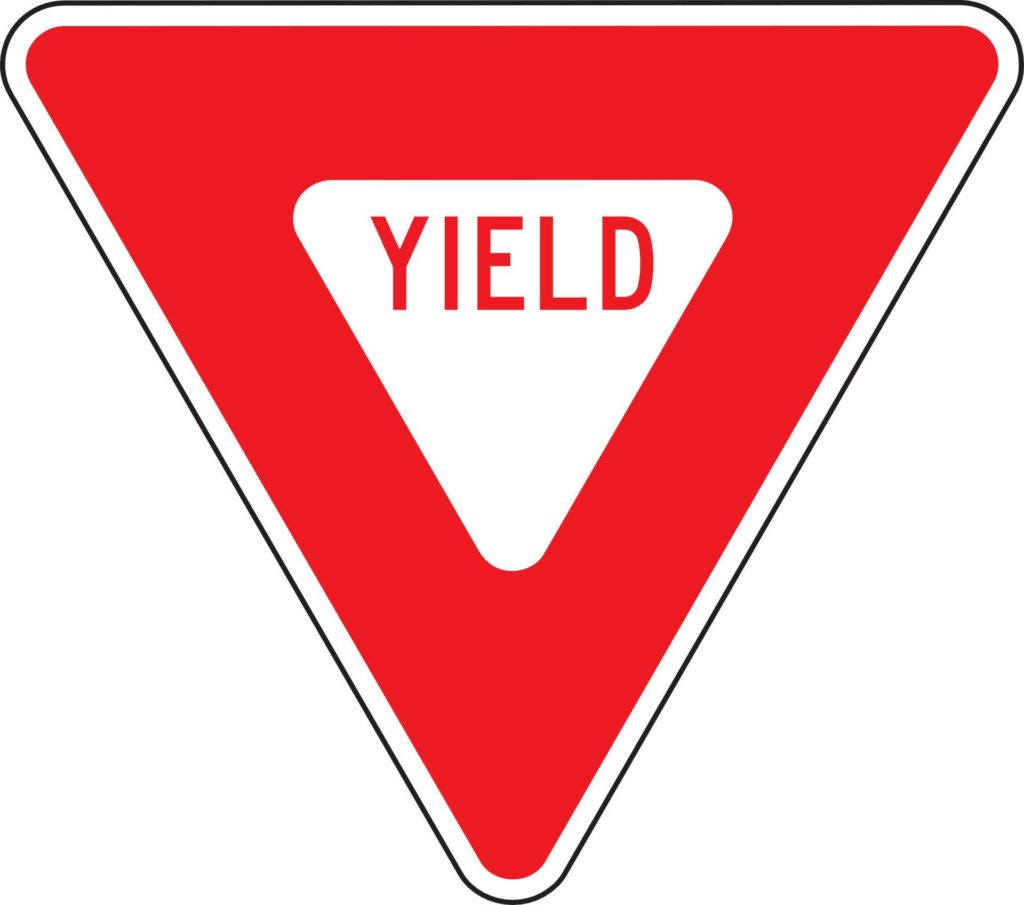Various factors can cause road accidents. It can be due to road conditions, faulty vehicles, or weather conditions. Driver negligence is also among the reasons, and one aspect of that is ignoring traffic signs.
Some drivers fail to follow different traffic signals because they don’t know what they mean. The yield sign is a good example. Not all motorists understand that it’s different from the stop sign and don’t know who has the right of way in certain situations. Some also assume they have the right of way all the time. According to the National Safety Council, 6.7 percent of traffic accidents are due to failure to yield. These incidents can sometimes lead to other events, such as altercations and road rage.
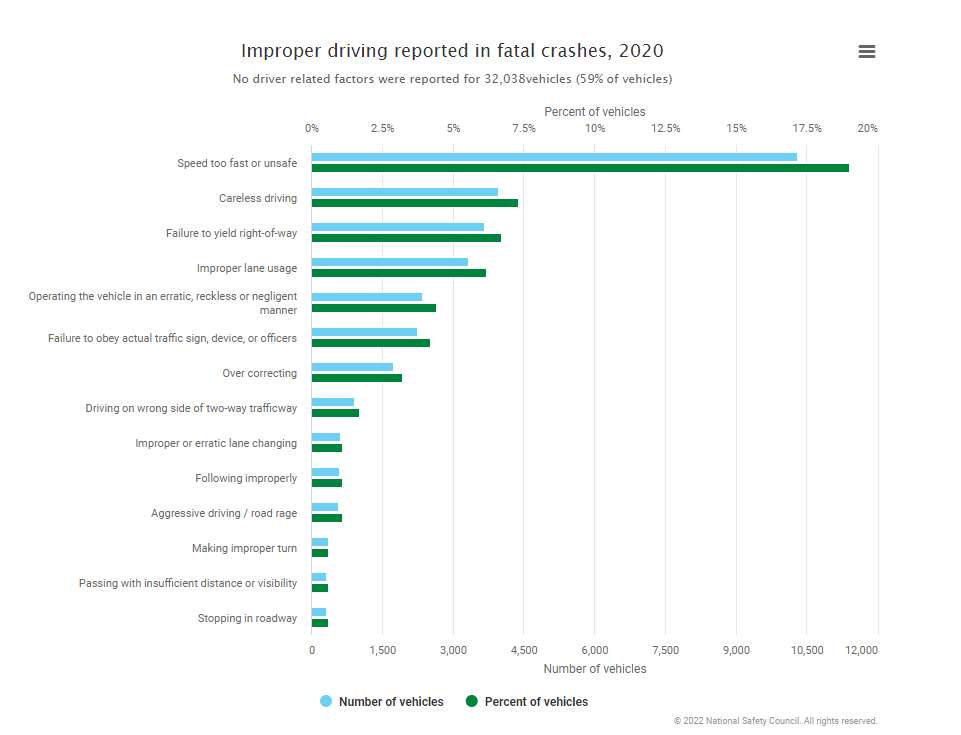

When drivers fail to follow traffic signs, accidents can happen, and they may need the assistance of car accident lawyers.
But what does it mean to yield the right of way when you’re on the road? This article will dissect everything you need to know about the yield sign and the rules of right of way.
Key Takeaways
|
What is a yield sign?
A yield sign is a regulatory sign that signals road users to give way to oncoming traffic. This road sign is presented as an inverted triangle with a white background and red border. Some road signs will have the word “yield” inside the triangle, while others won’t.
Drivers facing a yield must prepare to stop, allowing oncoming traffic to advance. Yield signs are common in t-intersections with no traffic lights. The idea is to control the flow of traffic safely.
For example, if there are no approaching motor vehicles, it’s safe to continue or merge into another traffic lane. However, if another vehicle is approaching, drivers should come to a complete stop. They should wait for an opening before they can proceed.
You may also see yield signs in parking lots to let drivers know they can proceed straight ahead or make a left turn. It’s also common to see them in merging roadways.
In some states, a crosswalk is also a yield line where motorists must stop to give way to crossing pedestrians.
In short, a yield sign means to give way to people with the right of way.
Knowing the Right of Way
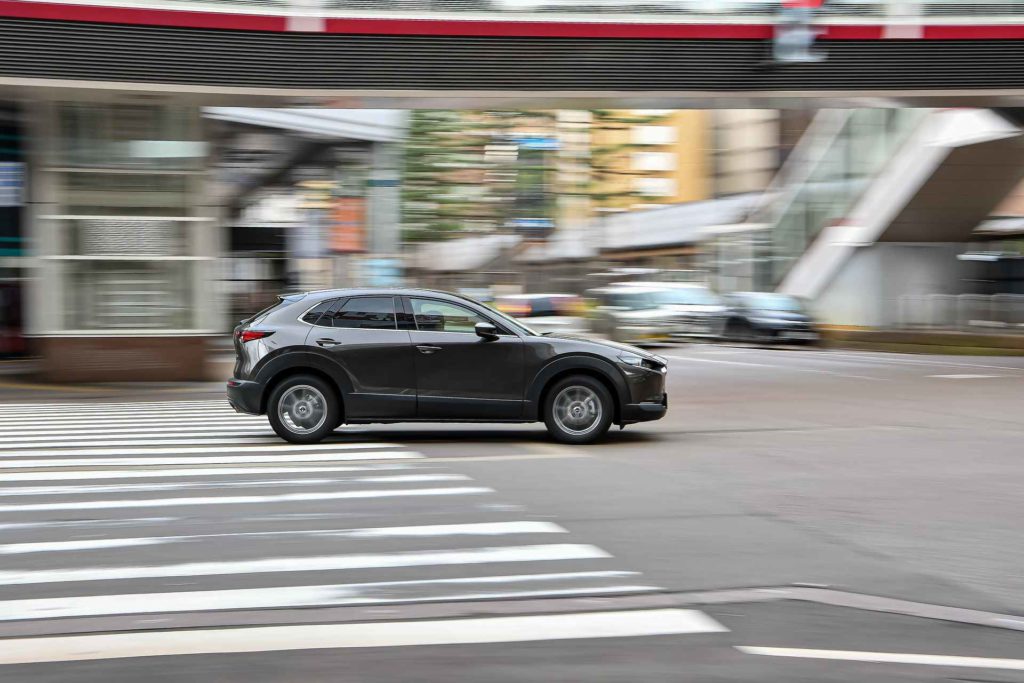

Yielding or giving the right of way is one of the most important rules you should follow when driving. It’s also one of the most confusing. Right of way means yielding to the other vehicle. Yielding means slowing down and letting another driver pass.
But how does that differ from a Stop sign? You might think that if you slow down, there’s no longer any need for you to yield, but it’s not quite that simple.
Generally, the rule is that vehicles on the right have the right of way. The right of way, however, depends on several factors.
One example is when the other vehicle is an emergency respondent. In such a case, they have the right of way. Sometimes, the one who stops first can be the first to go. It refers to the first in, first out rule.
It’s common for vehicles to arrive at an intersection at varying times. In such a case, the first in, first out rule will apply. This means the driver who came at the intersection first should go first because they have the right of way. The second driver must yield until the other driver has left the intersection.
Texas, for instance, has a traffic law that states vehicles approaching from an unpaved road should give way to those on the paved roadway. Instructors discuss most of these defensive driving lessons when you take a driving test.
There are specific scenarios drivers must consider regarding the right of way. Here are some of them.
Right of way at an intersection
You can yield to the traffic already in an intersection, but you must do so before you enter the intersection. It’s important to understand that there are many different scenarios where drivers are expected to yield at an intersection.
- A driver approaching a four-way stop sign or stoplight. In this situation, motorists will have priority over other vehicles that are turning left or right. If another car is already at a red light, they will have the right of way.
- Pedestrians crossing streets. In an intersection, drivers should yield to pedestrians. Pedestrians take precedence over all vehicles, whether there’s a crosswalk or not. Stop bars or shark teeth can mark the yield line on some roads. These markings are often about 20 to 50 feet from a marked crosswalk. When this is present, drivers should slow down as they approach the crossing. This reduces the likelihood of pedestrian accidents.
- Driving at a three-way stop. Areas with two roads ending at an intersection are called three-way intersections. When they don’t have stop signs, the driver traveling on the road with an end must yield. They should allow drivers on the continuing roadway to go first. If there are stop signs, the drivers on the left must give way to the drivers on the right.
Right of way in a red light
A red light or stop sign controls the traffic flow at intersections. They designate who has the right of way. A red light is a clear sign for drivers to come to a complete stop. Generally, drivers who arrive at the stop sign first have the right of way. This means they can cross the intersection first.
However, in cases where multiple drivers reach the intersection simultaneously, the driver should always yield to the vehicle on their right. When this order is followed, all traffic can proceed toward the intersection in an organized manner. This increases road safety and prevents potential car accidents.
Here are some scenarios when you should yield:
- If the light is red and the driver is approaching an intersection with a stop sign or crosswalk on their side of the road (i.e., not another vehicle)
- When there’s no traffic coming from any direction (or if only one vehicle is coming toward the driver)
- When pedestrians are crossing
Remember, vehicles coming from the lane with a yellow light have the right of way over the other cars at a red light.
Right of way in a flashing red light
When approaching an intersection where the red light is flashing, drivers should come to a complete stop. However, they do not wait for the traffic sign to change to a green light. They can go forward as long as no other vehicles are on the right or left of the intersection.
Drivers should always be alert in such cases. There may be instances where an intersection may appear empty at first. There could be a pedestrian or a bicyclist attempting to cross the intersection. Often, drivers may miss out on “smaller” road users. That’s why vehicles need to come to a complete stop when facing a blinking red light.
Right of way in a flashing yellow light
A flashing yellow light at an intersection indicates that the driver should proceed cautiously. In this case, the driver should yield the right-of-way to any pedestrians, bicyclists, or vehicles already in the intersection. If no other traffic is present, the driver may proceed through the intersection.
It’s important to note that the rules may vary based on the jurisdiction and the specific location. It’s always best to check for any posted signs or local laws that may apply.
Right of way in a stop sign
There are some roadways where the cross traffic doesn’t have a stop sign. In such a case, the cars moving from the lane that doesn’t have the road sign may proceed. The ones coming from the lane with the road sign should give way. They should wait for an opportunity, such as a traffic break, before safely proceeding across the intersection. This is where defensive driving skills come in.
Right of way in a crosswalk
Drivers must stop and yield to pedestrians in crosswalks. Crosswalks are lines or other markings that show where the pedestrian crossing begins and ends. It’s typical to find crosswalks in open legs of intersections. Pedestrian crossings may also be present in areas where refuge islands or medians exist. These special crosswalks effectively reduce pedestrian crashes by 56 percent, specifically in urban and suburban areas.
Crosswalks are only sometimes present in parking lots since most of these areas are private properties. Still, drivers must practice due care.
However, there are no specific rules for how long drivers must wait before proceeding. California Vehicle Code (CVC) Section 21950, for example, has a detailed explanation of how drivers should proceed if there’s a pedestrian in a crosswalk. The rules of the road say that motorists must give way to pedestrians, regardless if the crosswalk is marked or unmarked.
If there’s no crosswalk (i.e., if driving straight through), drivers must stop for any pedestrians. There may be situations when pedestrians want to cross the path but aren’t doing so yet. There’s an assumption that they may cross the driver’s route.
This assumption also applies whether or not there is any traffic around them. That’s why it’s crucial for drivers always to be alert.
Right of way in parking lots
The right of way in parking lots depends on the area. It’s important to remember that parking lots are not designated driving areas. As such, drivers may not see painted lines or signs to help them navigate their way. Drivers must often exercise good judgment.
Here are some guidelines when it comes to a parking lot right of way:
- When exiting the parking space: Drivers who will join the traffic from a parking lot should yield to other drivers. They should wait until the road is clear before proceeding. It’s also common to see drivers in a feeder lane yield the right of way to drivers from parking lots.
- When driving towards a parking lane: Drivers should stay alert for any parked cars backing out. Drivers of parked vehicles should check for oncoming traffic before backing up their cars. However, not everyone will have a full view of other vehicles. So it’s best for drivers to yield than be inconvenienced by an accident.
- When entering a through lane: Vehicles in the through lanes always have the right of way. This means that motorists approaching the through lanes from parking lots should yield. Drivers who fail to yield often deal with left-turn accidents. In such a case, the turning motorist did not follow the right of way, and they will be deemed at fault for the accident.
Right of way for emergency vehicles
Drivers must always yield the right of way to emergency vehicles. Vehicles include fire trucks, police cars, and other emergency vehicles equipped with sirens or flashing lights.
Different states have varying laws about how far a vehicle should be from an emergency vehicle. For example, in California, the Department of Motor Vehicles (DMV) states that drivers may be cited if they drive too close to an emergency vehicle. They must maintain at least 300 feet of distance between emergency vehicles. Those who obstruct traffic flow during an emergency may be arrested.
Drivers should also note that traffic signs will take precedence over general wisdom. Take the example of driving in a through lane. Drivers should pay attention to the yield sign that signals them to give way to vehicles coming from the parking lot to turn ahead.
The best way to avoid accidents is by keeping an eye on what’s happening around you. Focus on other drivers rather than looking down at your phone or staring directly ahead into space.
The safest bet is to yield whenever you’re unsure what to do. It’s also good practice to communicate with other drivers on the road. For example, suppose you and another driver arrive at the same time at an intersection. Don’t be afraid to make eye contact or wave your hand to signal that you are yielding. Courtesy goes a long way.
Did you know?
In the US, giving way to emergency vehicles, such as police cars, fire trucks, and ambulances, is called Move Over laws. Seven states so far have enacted laws with slightly different provisions.
Ignoring the Yield Sign
Not all drivers are the same. While they may know the basic rules of the road when getting their driver’s license, not everyone will practice it on the road.
Some drivers may blatantly ignore stop signs or choose not to yield the right of way. Unfortunately, their actions can lead to t-bone collisions in intersections. Bicyclists and pedestrians may be injured.
There are various consequences when ignoring the yield sign. Here are some of them:
Car accidents
Learning to yield is an essential skill for every driver. Yielding means letting other vehicles pass you, especially if they are going through a red light or stop sign. It also helps drivers avoid accidents because it allows them to merge with traffic and reduce speed before changing lanes.
Ensure your headlights are on if a car is coming up behind you. Turn the corner so there’s no chance of hitting them if they don’t see the sign until too late.
Failure to yield is a common cause of car accidents and can be very dangerous. Drivers should never assume that another driver will always yield. Failure-to-yield accidents usually involve cars being rear-ended by drivers who have stopped on highways or roads.
Ignoring the yield sign can also lead to a t-bone accident. This happens when a speeding car crossing an intersection hits the side of another vehicle coming from the right or left. Vehicles can roll over in a high-impact t-bone accident, causing severe injuries.
Vehicle-pedestrian accidents
Aside from car crashes, failure to yield can also lead to vehicle-pedestrian accidents. Based on the Governors Highway Safety Association (GHSA) data, pedestrian fatalities are becoming more common than other traffic deaths. Preliminary data shows that it accounts for 54 percent of traffic death from 2010 to 2020.
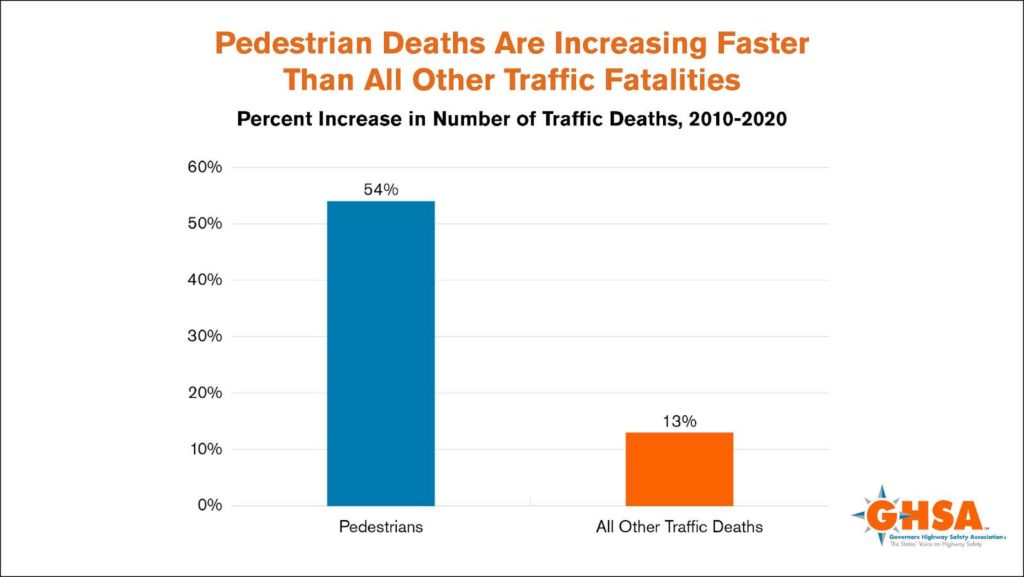

That’s why many organizations have launched programs to increase pedestrian safety. Some propose adding more crosswalks, increasing illumination at intersections, and including pedestrian safety on driver’s ed.
Drivers must yield to pedestrians at crosswalks to avoid pedestrian accidents. This means yielding to pedestrians when approaching any intersection with a traffic signal and stopping or slowing down before entering. Always look and listen for people crossing the street who may be blind, deaf, or otherwise at risk of a pedestrian-car accident.
Steep fines
Failure to yield is a traffic violation. When drivers fail to yield the right of way, they may have to pay hefty fines. For instance, Oklahoma authorities may ask drivers to pay a penalty starting at $100 plus costs, depending on the situation. In some cases, repeat offenders or those with a history of reckless driving may be subject to higher fines.
Misdemeanor charges
Technically, a driver’s failure to yield can earn them a misdemeanor charge. In addition to steep fines, law enforcement may place violators on probation or sentence them to up to 12 months in jail.
Violators may also face a personal injury lawsuit if an accident occurs due to failure to yield. For example, the accident results in the death of another party. If they can prove the accident resulted from a negligent act, they may file a lawsuit to receive compensation. The court may also ask the at-fault party to cover punitive damages.
Suppose you get cited for a traffic violation misdemeanor, such as failure to yield. In that case, you need a skilled attorney who understands how these cases work.
Insurance premium increase
Misdemeanor charges may affect your
There are several reasons why a driver may fail to follow road signs. They can be intoxicated, distracted, or inexperienced. There may be some instances when a vehicle is faulty, such as having a defective brake. In this case, it can lead to them failing to make a complete stop at an intersection.
Stay Safe on the Road
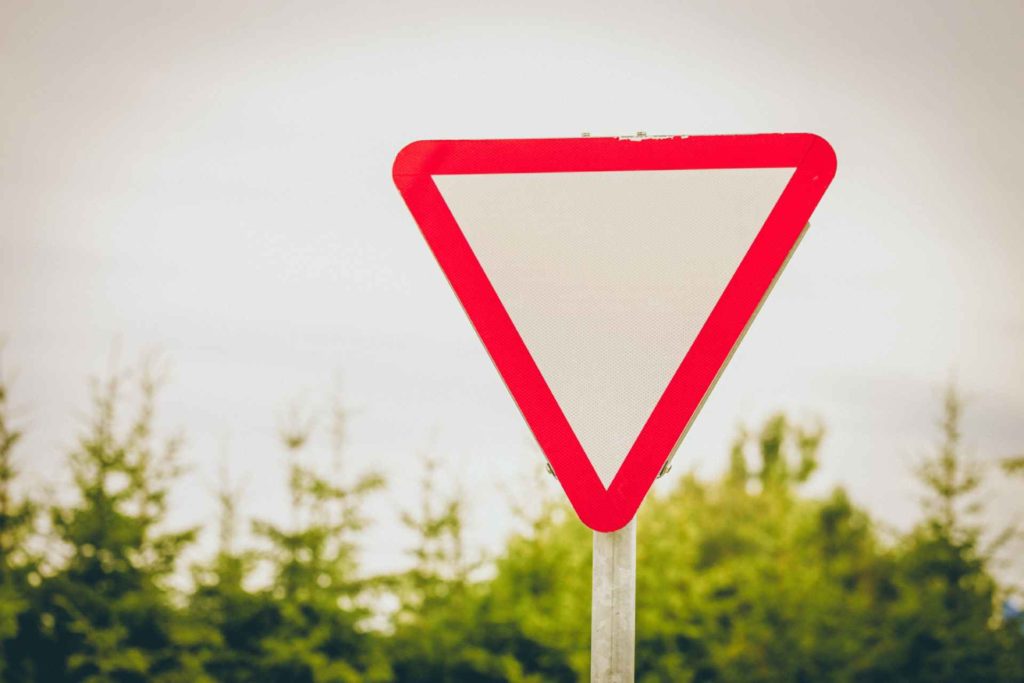

Yield laws are essential because they help keep the roads safe for everyone. They keep traffic flowing and help prevent crashes, which can cause severe injury or death to drivers, passengers, and other road users.
You might think of a yield law as an old-fashioned traffic sign that says “Stop” or “Yield Ahead.” But these signs are more than just words on a piece of cardboard. They’re part of a regulatory system designed to keep traffic moving smoothly at all times.
Yield laws vary by state, but generally, the concept remains the same. Drivers must have a solid understanding of the right of way to know whether they need to yield.
Ultimately, it’s important to remember that your safety and that of the other drivers are a shared responsibility. You must know all road signs, stop signs, and traffic lights to stay on top of your driving habits. This helps ensure everyone stays out of harm’s way when on the roadways and saves lives.
It’s important to remember that your driver’s license represents that you are aware of the different traffic rules and regulations. Review your driver’s ed notes if you need clarification about the various traffic signals or road signs. Using the road means knowing your responsibilities and rights as a driver.
For more information about your rights as a drive or a victim in any type of accident, visit The Personal Injury Center today.
Were you involved in a failure-to-yield accident? Get a free case evaluation and referral for a personal injury lawyer at The Personal Injury Center.
FAQs on What Does It Mean To Yield in Driving
Who has liability in a failure-to-yield accident?
Determining the at-fault party depends on prima facie (at first sight) evidence. In legal contexts, prima facie evidence is enough to prove a particular fact or element of a case.
If the driver can show proof the other party failed to yield, it would help the court decide who has liability. However, suppose this evidence does not exist. In that case, an experienced lawyer can build the case to argue against the driver at fault's behavior.
For example, you can show evidence of speeding, driver distraction, or driving under the influence. That is enough to prove liability.
However, assigning responsibility in personal injury cases is rarely simple. Car accident lawyers may work with an accident reconstruction specialist to determine liability.
What happens if I hit the yield sign?
Legal consequences will vary depending on the circumstances. You should expect to pay a fine, which will also depend on the state where the accident happened.
Suppose the damage to the road sign was due to a deliberate attempt to ignore traffic rules. In that case, it could lead to license suspension, jail time, and penalties.
Hitting road signs also obligates you to report it. Failure to report can lead to hit-and-run charges.
Should drivers yield to pedestrians?
Yes, drivers must yield to pedestrians at all times. This doesn't mean, however, that pedestrians should refrain from practicing due care when crossing roads.



